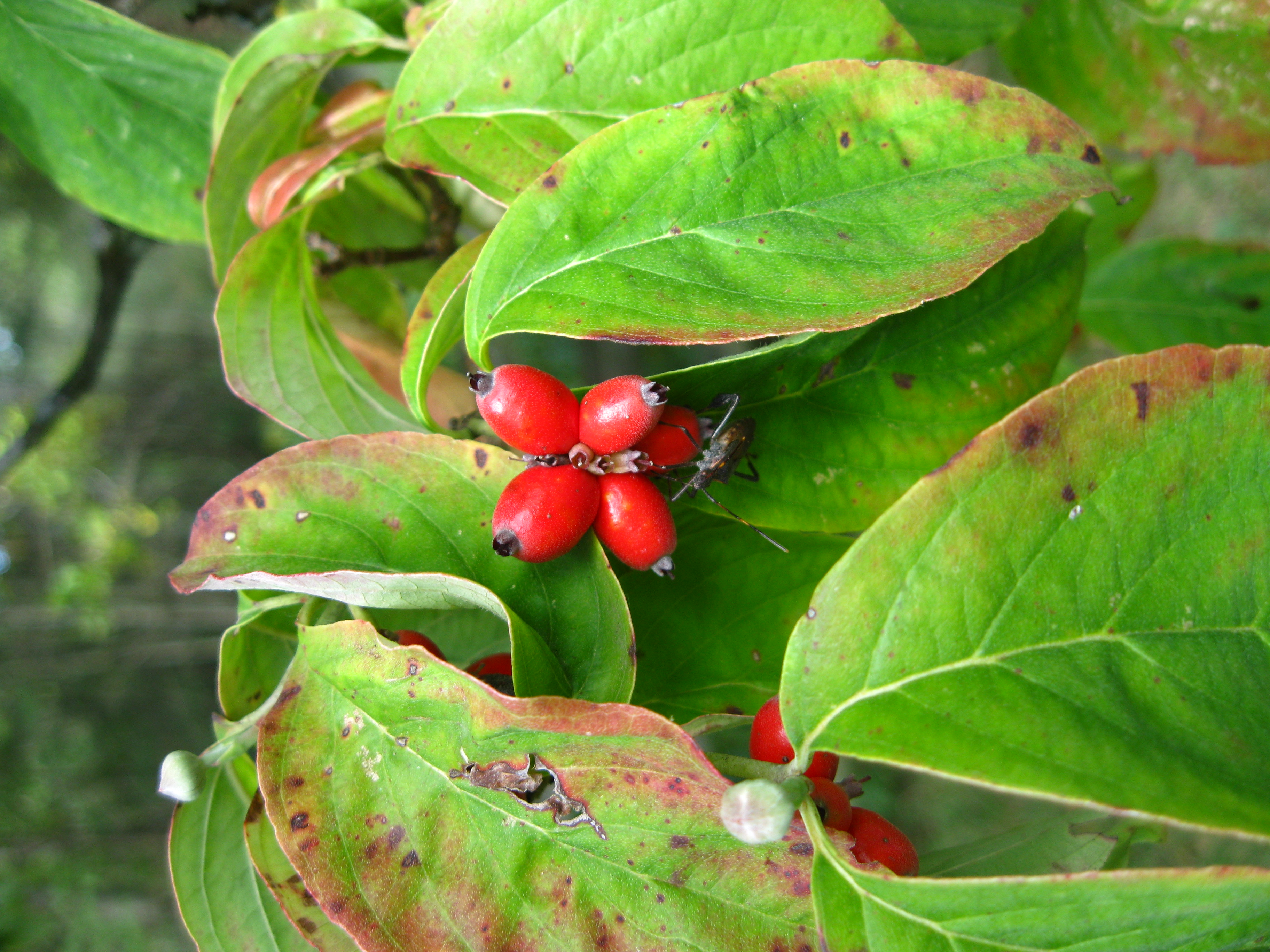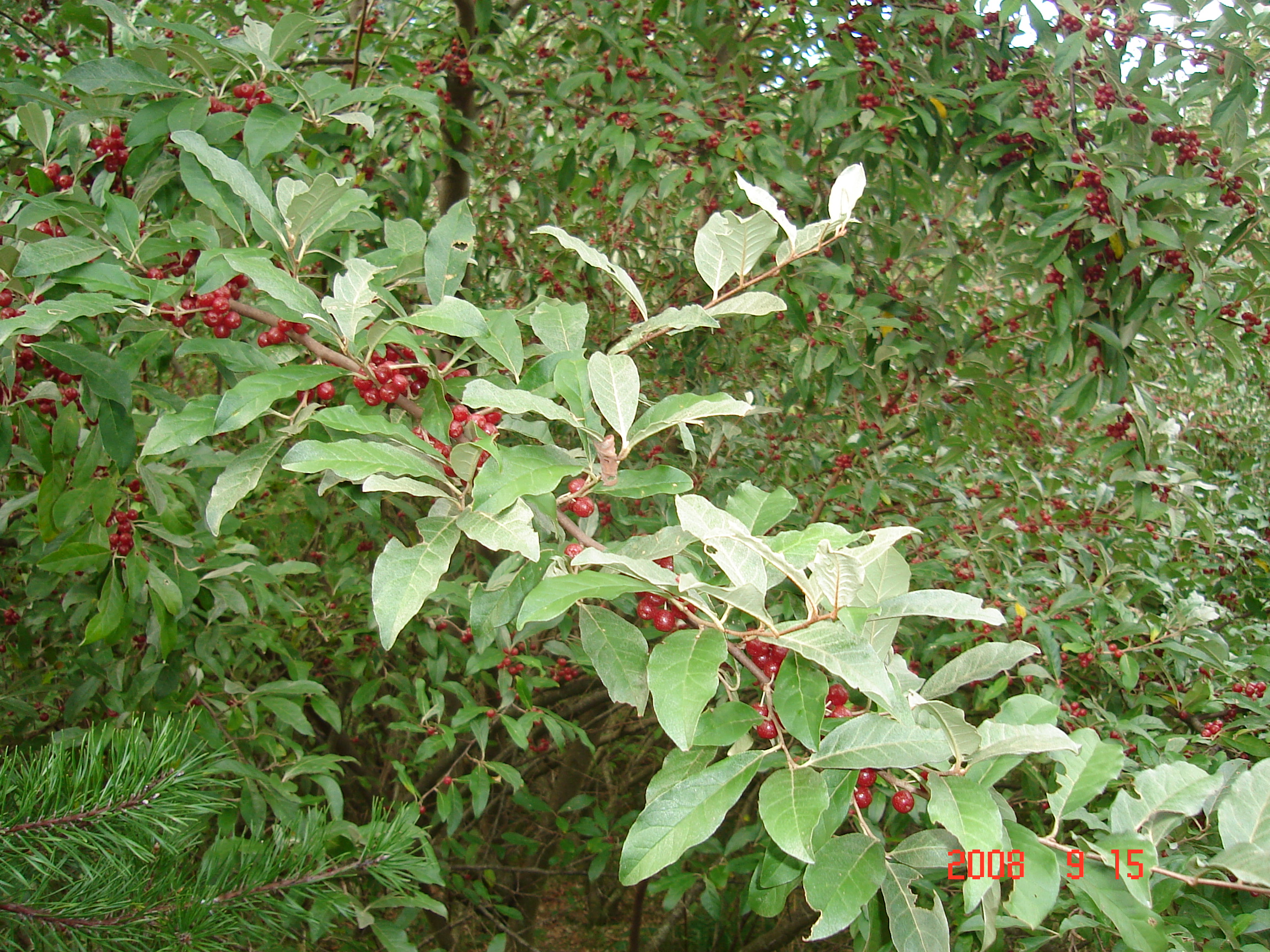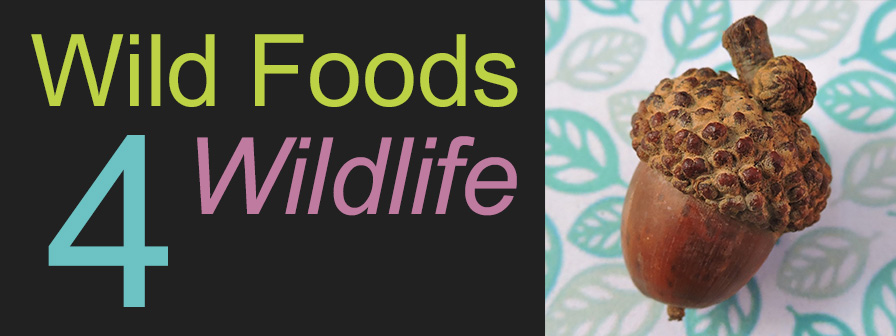
Cutting Browse
Browse, as a term used on this website, refers to the twigs and small branches, with or without leaves or needles, of trees, shrubs, vines and other woody stemmed plants. Browse can also refer to bark, for the animals that gnaw on bark.
Remember to train yourself and others who gather browse to the 3 Stop Signs of Cherry safety questions:
- Are the leaf edges saw-toothed or serrated? If yes, slow down.
- Are the twigs and leaves alternating up the branch and not opposite each other? If yes, slow down.
- Are there dots and dashes, or lenticels, on the twigs or bark? If yes, slow down
Many trees have saw-tooth leaf edges; most trees have alternate branching, a number of trees have obvious lenticels. But if you answered yes to all three of these questions for a tree or shrub, you should STOP and really double-check you do not have a cherry species in hand.
Read more about cyanide here.
From the health perspective of the tree, the best time to harvest browse is late fall to winter, but that is not likely when you need the browse! But, whenever you harvest browse, the best limbs to remove are ones that rub together and cause abrasions that can make the tree vulnerable to insect damage. Or, cut branches that are overcrowded or hang low to the ground. Prune branches back to the base where the branch meets the trunk to minimize future insect damage to the tree.
Dip pruning shears into a bleach water solution (1:3) to minimize transferring tree diseases from one tree to the next.
For more info, check out this very readable, detailed pruning resource used with permission from Dr. Sharon M. Douglas at the Department of Plant Pathology and Ecology at the Connecticut Agricultural Experiment Station: Pruning Instructions

